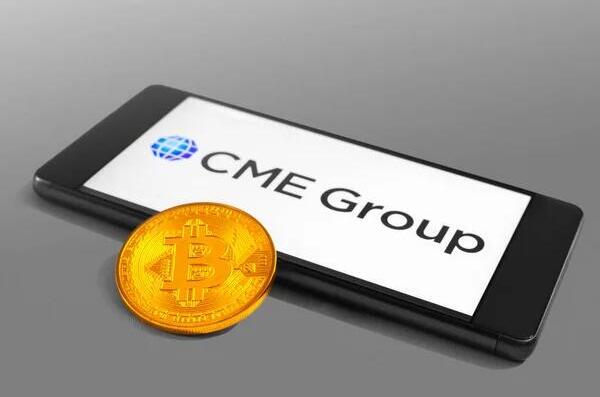Contango vs. Backwardation: A Beginner's Guide to Market Swings

In the world of finance, things are rarely as simple as they seem. Take the concepts of contango and backwardation, for instance. These two terms describe the relationship between spot and futures prices, and they can have a big impact on traders' strategies. But don't worry, we're here to break it down for you in the simplest terms possible.
What's the Difference Between Contango and Backwardation?
Imagine you're at the grocery store and you see a can of soup on the shelf for $1. That's the spot price, or the price of the soup right now. Now, let's say you decide to buy the soup and store it in your pantry for a month. You might think that the soup will be worth more in a month, but that's not always the case.
If the future price of the soup is $1.10, that means the market is in contango. This means that traders are willing to pay more for the soup in the future than they would for it today. Why? Because they believe that the price of the soup will go up even more.
On the other hand, if the future price of the soup is $.90, that means the market is in backwardation. This means that traders are willing to pay less for the soup in the future than they would for it today. Why? Because they believe that the price of the soup will go down.
Why Does Contango Exist?
There are a few reasons why contango exists, but the most common reason is that it costs money to store commodities. When you buy a commodity, you have to pay for the cost of storing it until you sell it. If you think that the price of the commodity will go up, you might be willing to pay for the cost of storage in order to profit from the price increase. This is what creates contango.
Why Does Backwardation Exist?
Backwardation exists for a few reasons, but the most common reason is that there is a shortage of a commodity. When there is a shortage, traders are willing to pay more for the commodity today than they would for it in the future because they know that they can sell it for a profit right away. This is what creates backwardation.
Which is Better, Contango or Backwardation?
There is no right or wrong answer when it comes to contango or backwardation. It all depends on your trading strategy and your beliefs about the future price of the commodity. If you believe that the price of the commodity is going to go up, you might prefer to buy in contango. If you believe that the price of the commodity is going to go down, you might prefer to buy in backwardation.
Examples of Contango and Backwardation
Here are a few examples of contango and backwardation in action:
Contango: The price of oil is often in contango because it costs money to store oil. Traders are willing to pay for the cost of storage in order to profit from the expected price increase.
Backwardation: The price of gold is often in backwardation because there is a shortage of gold. Traders are willing to pay more for gold today than they would for it in the future because they know that they can sell it for a profit right away.
Contango and backwardation are complex concepts, but they can have a big impact on traders' strategies. By understanding the difference between these two terms, you can make better informed decisions about your trades.
Interactive Question
Do you have any questions about contango vs. backwardation? Drop them in the comments below and I'll do my best to answer them.
Please indicate:COINLIVEBASE » How Do Contango and Backwardation Differ, in Simplest Terms?